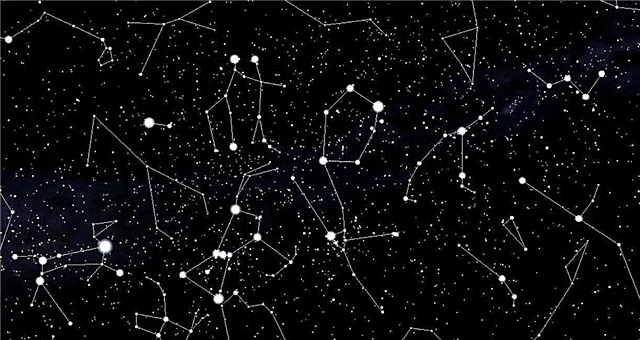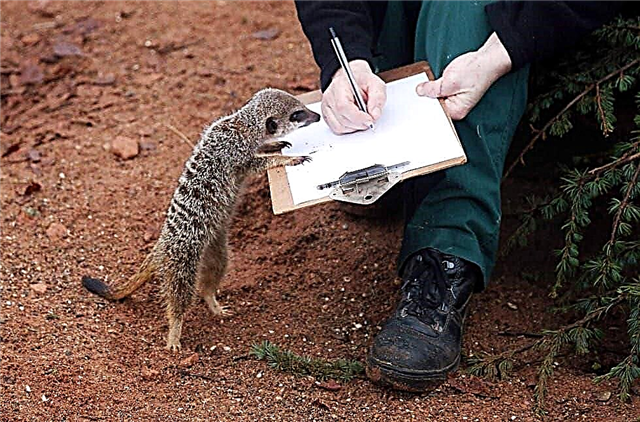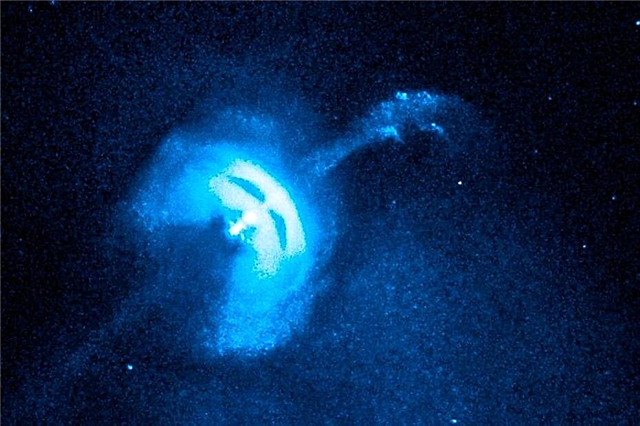
If you want to swim, then hurry to the beach. By then, the east coast of the United States of America will become the new Midwest, 4,800 kilometers from the nearest ocean.
The movement of the continents
Continents that seem to be so firmly in place are actually moving. About once every 500 million years, continents collide. During this universal collision, coastlines rise up to the sky with mountain ranges. When this happens next time, all continents will merge into one huge mainland, surrounded on all sides by the oceans. It will be possible to drive from Detroit to Paris by car and continue on to Beijing. True, if by that time humanity does not cease to exist, then it will change the names of states, countries and cities several times.
Interesting fact: in 1994, the distance between North America and Eurasia increased by another two centimeters.
Theory of Tectonic Plates

This picture of the “arrivals” of some continents to others is based on the theory of tectonic plates. What we call the earth's crust is in fact a mosaic of plates floating on the surface of red-hot, partially molten rocks of the earth's mantle. Like rafts on the surface of the sea, continents glide along the semi-liquid stones of the Earth’s mantle. Continents - North America, South America, Africa, Eurasia (Europe and Asia), Australia and Antarctica - are located on tectonic plates.
If the plates drift, then continents move along with them. How mobile are they? Well, for example, in 1994, the plates of America and Eurasia dispersed, drifting, about two centimeters. The Atlantic Ocean has become a little wider.
Scientists think that moving continents is a cyclical process that repeats itself over and over again. The continents converge and diverge again approximately every 500 million years. You can not take the words of scientists on faith. Just look at the globe. Continents look like puzzle elements from pieces that need to be assembled into one picture. At one glance at the continents, it is not difficult to imagine these pictures connected together. For example, the curved part of the northeastern coast of South America corresponds very closely to the concave coastline of the west coast of Africa. Connect the puzzle pieces together and get a supercontinent.
Pangea

The last supercontinent that fell into pieces 180 million years ago, scientists call Pangea, which in Greek means "the whole Earth." It seems that Pangea was surrounded on all sides by a giant, planetary ocean, the forerunner of the modern Pacific Ocean.
Interesting fact: the last supercontinent, called Pangea, collapsed 180 million years ago.
Perhaps there were other supercontinents before Pangea. Each of them existed for approximately 80 million years, and then began to decay. Scientists say that such giant breaks of the continents occurred for two reasons: the action of the heat of the red-hot core of the Earth and the rotation of our planet. Part of the heat rising from the bowels of the Earth is delayed by the supercontinent.
To simulate the situation, we suggest that you put any book on an electrically heated blanket. The part of the blanket under the book heats up more because the book prevents the heat dissipation from the surface of the blanket covered by the book. The same thing happens with the supercontinent. It heats up unevenly, also expands unevenly and splits into parts.
At the same time, a large continent, raised one side above the surface of the Earth, experiences huge internal stresses from the rotation of our planet around its axis. The combination of these stresses with thermal faults splits a huge continental mass into pieces, as it happened 180 million years ago. However, millions of years will pass, the bottom of the Atlantic Ocean will sink, the ocean will decrease in size, and centimeters after centimeters, the continents will begin to converge again to connect for another 80 million years.












